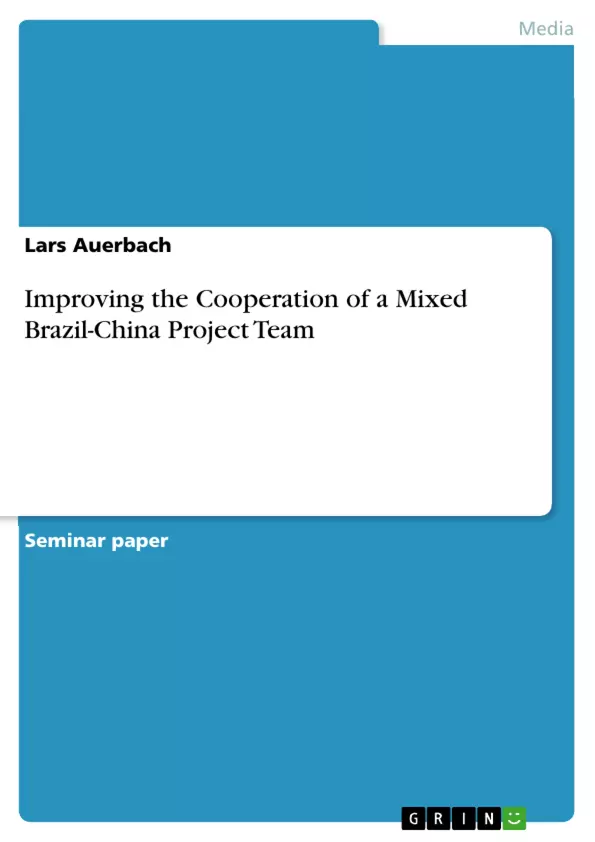As members of the BRICK states Brazil and People`s Republic of China are highly influential countries within this community of emerging markets. In contrast to several relationships of other countries the political and economical relationship of Brazil and China is quite young and it is not in line with the early period of industrialization. The formal relationship has been established in 1974, since it had ended with the Chinese revolution. Although the relationship is young, both countries have developed a remarkable business in the 21. Century. In 2009 China has become the largest commercial partner of Brazil. Yet the relationship does not only show it`s good sides, actually there are tensions in the relationship. Due to cheap Chinese imports, the Brazilian industry has is struggling with unemployment partly caused by Chinese low cost production. Besides that the economical relationship is quite asymmetric, as Brazil does mainly export basic raw materials and agricultural products and receives in return industrial and technological goods. It is interesting to recognize the behavior of politicians and industrial leaders due to their competition on one hand and their relationship on the other.
This is why Brazil`s and China`s relationship is an interesting topic for research. The following term paper analyzes, describes and compares the differences in culture on the base of the dimension theory of Dutch scientist and researcher Geert Hofstede.
Inhaltsverzeichnis (Table of Contents)
- Introduction
- Geert Hofstede - Cultural analysis of Brazil and China
- Power distance
- Individualism
- Masculinity
- Uncertainty Avoidance
- Pragmatism
- Appreciating diversity and improving cooperation
Zielsetzung und Themenschwerpunkte (Objectives and Key Themes)
This seminar paper aims to analyze and compare the cultural differences between Brazil and China, utilizing the dimension theory developed by Geert Hofstede. The paper examines how these cultural variations can impact the cooperation of mixed Brazil-China project teams.
- Cultural differences between Brazil and China
- Impact of cultural differences on project team cooperation
- Strategies for improving intercultural collaboration
- Application of Hofstede's cultural dimensions to real-world examples
- Importance of cultural sensitivity and understanding in global business
Zusammenfassung der Kapitel (Chapter Summaries)
The introduction provides an overview of the relationship between Brazil and China, highlighting their significance as BRICK states and their growing economic partnership. It also points out the existing tensions and asymmetries in their relationship.
Chapter 2 delves into Geert Hofstede's cultural dimensions theory, applying it to analyze and compare the cultures of Brazil and China. It explores the five dimensions of power distance, individualism, masculinity, uncertainty avoidance, and pragmatism, illustrating how they manifest in each country.
Schlüsselwörter (Keywords)
The key concepts and themes explored in this paper include: cultural dimensions, Hofstede's theory, Brazil, China, intercultural communication, project team cooperation, cultural sensitivity, global business, BRICK states, emerging markets, economic partnership, power distance, individualism, masculinity, uncertainty avoidance, pragmatism.
- Citation du texte
- Lars Auerbach (Auteur), 2014, Improving the Cooperation of a Mixed Brazil-China Project Team, Munich, GRIN Verlag, https://www.grin.com/document/285018



